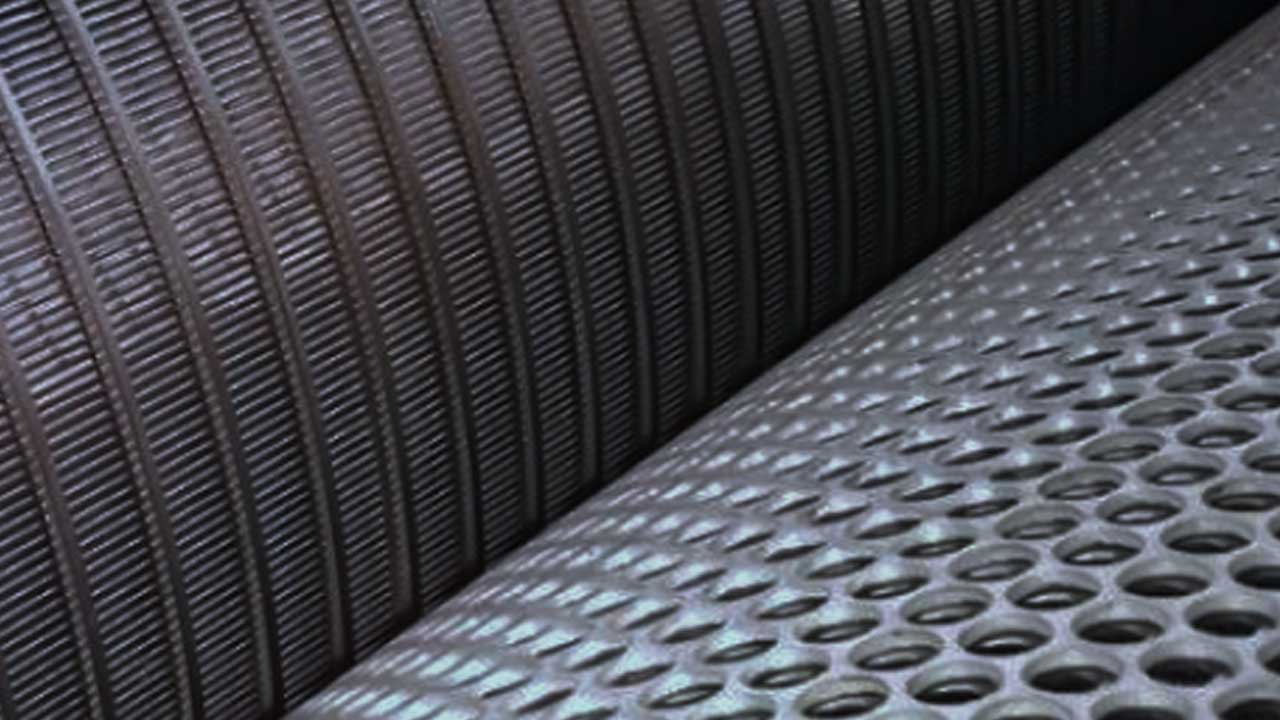
Thescreening plant acts with a mechanical-physical process to remove organic substances that settle in a liquid.
Specifically, it allows the stream to be deprived of materials and elements that can potentially create damage to the purification equipment or structures, placed in sequence, and to increase theefficiency of the water purificationprocess.
For example, it protects hydraulic pumps, which act in moving the flow, and prevents clogging of pipes with solid elements.
Coind screening plants include multiple levels, which are located on different sections of the production line and thus allow for more accurate fluid control.

The choice depends on the type of plant, environmental factors, and the type and size of sediment to be treated.
In design, the fluid velocity is estimated and kept constant upstream and downstream of the system by making a channel rise at the grid and considering the size of the bars.
Channel inclination and presence of pumps are considered in order to maintain a suitable velocity and avoid sedimentation or pressure drop. To optimize operation, there should be no back pressure.
Materials filtered with a screening plant
- Sedimentable, such as gravel or sand
- Non-settling, such as plastic, wood, paper, and other items transported with the flow
Plant types
Water Grating

Grilling
medium-coarse
In medium-coarse grat ing, a steel barrier, made with bars perpendicular or inclined to the plane, allows elements larger than 3-6 centimeters to be retained.
Manual or automatic action can be taken to remove foreign matter filtered out by grating.
Automation is done with specific combs that clean and drain the material into a collector element.
The electric panel enables preventive action on plant safety by monitoring the mechanical movements of grid cleaning.

Fine Grinding
Fine Screening allows for the filtering of smaller elements, over 15-25 millimeters in size.
Retained materials are further reduced with compaction tools, which act automatically through step, belt or drum screens.
These differ in the type and shape of moving parts; the first two, installed at the bottom of the duct, mechanically transport materials upward and separate them from the fluid.
Instead, the latter works by means of a rotating element with a horizontal axis, which receives the materials to be separated and, together with a diverter element, destines them to a predetermined site.
In the latter case in particular, thewater flowing through the drum, passing through it, also has a cleaning function, and any nozzles can further act in this regard.

Micro-gridding or sieving
Micro-grating is characterized by smaller nets, which filter 1-3 mm elements.
It uses the cylindrical auger filter in some contexts, which pushes fluid and materials upward and then gathers them into a collection compartment.
With a small pitch auger, a good level of compaction of the components to be separated can also be achieved.
In the water treatment systems that Coind manufactures, different levels of Screening are often installed sequentially on the production plant line; the medium to coarse one on the upstream section to block the larger elements and the fine or micro one on the later and more advanced processing stages.
